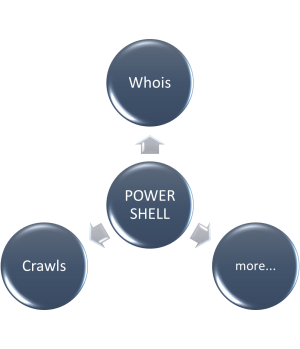In a previous post I described the installation of Whois on Windows 11 from Microsoft SysInternals site (https://irthoughts.wordpress.com/2021/12/29/installing-whois-on-windows-11/). This time … More
Category: URLs Mining
The Video Finder
I always wanted to have an easy way of accessing news videos from national TV channels, without having to subscribe … More
Document tree flattening as an exploration technique for data mining .xml files (sitemaps, feeds, inventories, raw data, etc)
Two of our tools, Web Feed Flattener and Feed URLs Extractor, were updated and now accept files with the .xml … More
URL Cleaner: Clean URLs from search results and websites
The URL Cleaner (http://www.minerazzi.com/tools/url-cleaner/muc.php) is our most recent tool. Clean URLs from search engine result pages and websites, including Google, … More
The URL Query Parser
The URL Query Parser is our most recent tool for mining URLs. It is available at http://www.minerazzi.com/tools/url-query/parser.php What is a … More

